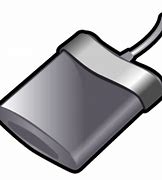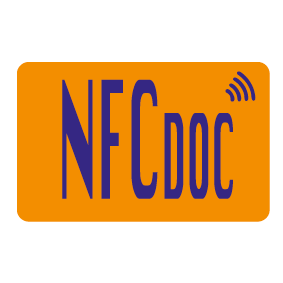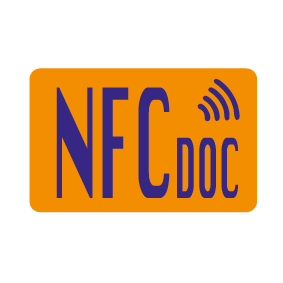Smart card readers and fingerprint readers provide strong security by supporting both contact and contactless chips, offering dual protection for both physical and digital access

Smart card readers and fingerprint readers provide strong security by supporting both contact and contactless chips, offering dual protection for both physical and digital access
Whether interacting with systems via direct contact or utilizing wireless technology, users can trust in the seamless and secure authentication process facilitated by the smart card reader.
This advanced technology enables users to gain entry to restricted areas and systems using a single smart card, enhancing both security and convenience.
By integrating contact and contactless chip capabilities, the smart card reader offers a versatile solution for various access control needs.
Whether for corporate environments, government facilities, or other secure locations, this dual-functionality ensures seamless and efficient authentication processes.
Smart card reader are used to read or write smart cards which are currently of three types:
CONTACT CHIP READER
Contact chip card readers belong to the category of smart card readers. They range from basic models to highly sophisticated encrypted versions.
Contact smart cards have a wide range of uses, including access to gyms, automated car washes, swimming pools, and SPAs. They are also used for physical or logical authentication and in banking.
CONTACTLESS READER (without contact)
They utilize radio frequency for data exchange, facilitated by the antennas in both the card and the reader.
They are also known as RFID (Radio Frequency Identifier) or contactless cards, as they don’t require swiping on a magnetic stripe reader
To operate, you need two components: an active smart card reader and a passive smart card.
The computer-connected reader creates a magnetic field. When a smart card is held within approximately 5 centimeters of the reader, the card’s antenna converts the magnetic field into current, powering the chip.
At this stage, the two devices are interconnected, with data exchange seamlessly managed by the software.
HF CONTACTLESS (high frequency 13.56 MHz)
The most recent cards, but not the latest ones, use a frequency of 13.56 MHz, the best known are the NXP MIFARE cards which have become a de facto standard.
They use various sectors, which can be used for different services: for example, a sector for access to the company, a sector for access to the canteen, one for access to the coffee machines, etc.
LF CONTACTLESS (low frequency 125 Khz)
LF CONTACTLESS cards are also called proximity cards, low frequency contactless or 125 Khz cards.
They are also called RFID (Radio Frequency IDentification), as the magnetic signal generated by an active device (reader) is intercepted by a passive device (card or tag).
The use of these cards tends, over time, to decrease in favor of high frequency cards as they have more memory and are more flexible
RELATED PRODUCTS
Please communicate your needs to us at info@nfcdoc.eu and we will try to provide the best solution for you.


